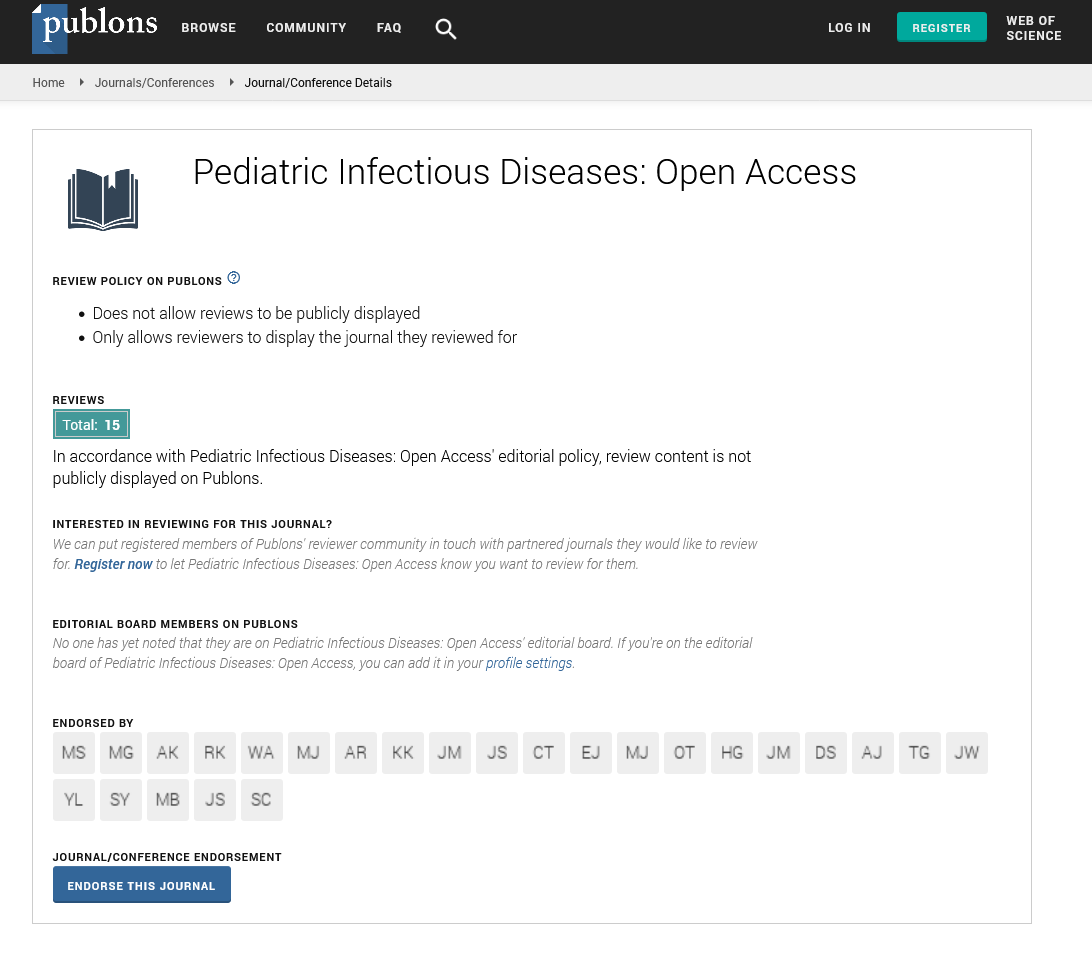Abstract
Ecological quality and human wellbeing
Beginning with industrial revolution, anthropogenic activities have continued to affect the ecosystems. The quality of air and water that are essential for survival of all life have deteriorated extensively. The need of the hour is to identify a model of living organism that can be used to assess the quality of environment on a short time scale if not on real time basis. Due to ethical issues many organisms that were being used earlier can no longer be used and hence there is a need to develop alternative model systems. Drosophila shares 60% of its genome with the human with many organ systems paralleling those of humans and hence they can safely be used to assess the quality of environment and its impact on the health. In this study we have used Drosophila melanogaster to understand that impact of heavy metals on their health and reproduction.The purpose of the present study was to ascertain the behavioural response towards chemo stimulants i.e. heavy metals induced stress, acting in different stages of life in phenotypically small (selected) and large (control) populations of Drosophila melanogaster. The optimum chemo stimulant concentrations chosen were 13mM and 5 µM for two heavy metals FeSO4 (essential) and CdCl2(non-essential). Interestingly the interaction of organism with changing environmental condition had a significant impact on the behaviour.
Author(s): Geetanjali Sageena
Abstract | Full-Text | PDF
Share this

Google scholar citation report
Citations : 230
Pediatric Infectious Diseases: Open Access received 230 citations as per google scholar report
Pediatric Infectious Diseases: Open Access peer review process verified at publons
Abstracted/Indexed in
- Google Scholar
- China National Knowledge Infrastructure (CNKI)
- Cosmos IF
- Secret Search Engine Labs
Open Access Journals
- Aquaculture & Veterinary Science
- Chemistry & Chemical Sciences
- Clinical Sciences
- Engineering
- General Science
- Genetics & Molecular Biology
- Health Care & Nursing
- Immunology & Microbiology
- Materials Science
- Mathematics & Physics
- Medical Sciences
- Neurology & Psychiatry
- Oncology & Cancer Science
- Pharmaceutical Sciences


